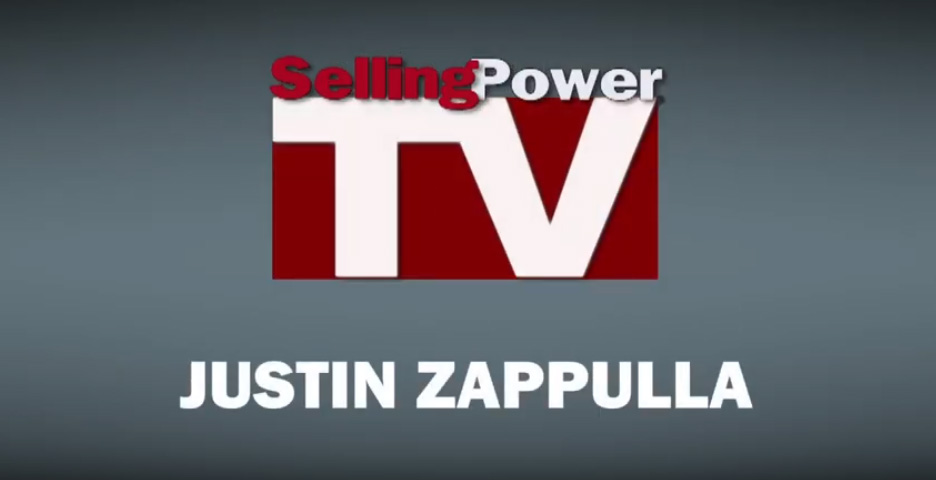What You Need to Know to Write Winning Sales Proposals (Part 1)

Proposals. Whether they’re for sales to secure business, for grants to gain funding, or even the most basic of asking someone to marry you, proposals can be stressful endeavors that require a lot of time, thought, planning, and resources. While we can’t help you plot the perfect marriage proposal, we can give you advice on how to write excellent sales proposals for your prospects. Because this is such a broad topic, we’ll be splitting this in separate posts. For this first part, we’ll be discussing the prep work you need to carry out before writing a proposal and higher-level things to address in the document.
Ask yourself if it’s the right time to write one.
Because sales proposals are so resource-intensive, make sure that the situation calls for you to make that investment. If the prospect isn’t ready to enter the decision-making stage, or if you don’t stand a reasonable chance of winning the contract, then your efforts are better spent elsewhere. Although this might seem self-evident, a surprising number of sales organizations fail to perform due diligence in conducting adequate opportunity assessment and analysis.
Pay close attention to any requirements.
Another trap I frequently see sales teams fall into is not carefully scrutinizing client, industry, and sales situations for necessary requirements and details. It reminds me of college where professors would write exam questions that had multiple parts in the prompt. Miss a part or misread the question and your grade would be docked, no matter how stellar the rest of your answer was. In sales, those types of unforced errors can cost you deals – a much more serious consequence than a grade deduction.
Research, research, research.
The best proposals include specific, concrete information that’s customized to the client’s situation, needs, and goals. In order to do that, you’ll need to conduct research and deep dive. Engage the buyer in carefully crafted discovery to draw out the information you need to write an effective proposal. This may take multiple touches and discussions, and that’s perfectly fine. Remember, this is a significant investment for both parties, so do it the right way.
You might also find in this phase that you uncover more issues that the client isn’t even aware of or didn’t think was relevant to the solution they’re seeking. Sometimes this becomes part of your proposal. Sometimes it won’t, but even in that scenario, you’ve still provided value to the prospect and that’s helpful for building trust and establishing your own credibility.
Expand your scope beyond just the customer. Look at their industry as a whole. See if you can find case studies or examples of analogous situations that are germane to the problems you’re hoping to solve. Being able to present yourself as knowledgeable about the market and industry-specific conditions matters.
Keep in mind that every proposal calls for a different format and information.
While it is perfectly reasonable to work off a template, you should never fail to customize your proposal to the requirements of the situation. So while a template is a potential starting point and can save some time, be prepared to make adjustments every time you submit a proposal. Avoid just filling in the blanks.
The briefer, the better (with caveats).
While the general concept of concise proposals is correct (decision makers and influencers are time-pressed, after all – especially the C-Suite), many industries and solutions will require a much longer proposal – notably enterprise-level services or complex sales processes that involve a lot of elements.
How to know how long the proposal should be? Look at the requirements for the proposal and estimate how much space you’ll need to make sure you answer everything that’s called for (Refer back to Point #2).
Write the proposal to the customer and their problems.
A sales proposal is not the place to talk about how great you are. Nor is it the arena for you to simply list deliverables or features and benefits. Rather, it’s your chance to demonstrate how the deliverables, features, and benefits connect directly to the buyer’s problems and solve the issues they’re trying to remedy. Spend considerable real estate on this portion – it’s the heart and core of the proposal.
These top-level areas for proposals are some of the most crucial foundation points to consider. Consequently, not accounting for these fundamentals can sink you before you even put down a single word. In our next visit to this topic, we’ll look at best practices for constructing the actual proposal itself.

- Account Planning (16)
- Awards (42)
- Client Testimonial (37)
- Personal Branding (21)
- Podcast (12)
- Research (77)
- Sales Career Development (90)
- Sales Coaching (164)
- Sales Consulting (141)
- Sales Culture (181)
- Sales Enablement (380)
- Sales Leadership (111)
- Sales Management (267)
- Sales Negotiation (11)
- Sales Prospecting (136)
- Sales Role-Playing (19)
- Sales Training (242)
- Selling Strategies (279)
- Soft Skills (78)
- Talent Management (101)
- Trusted Advisor (29)
- Virtual Selling (57)
- Webinar (13)




























